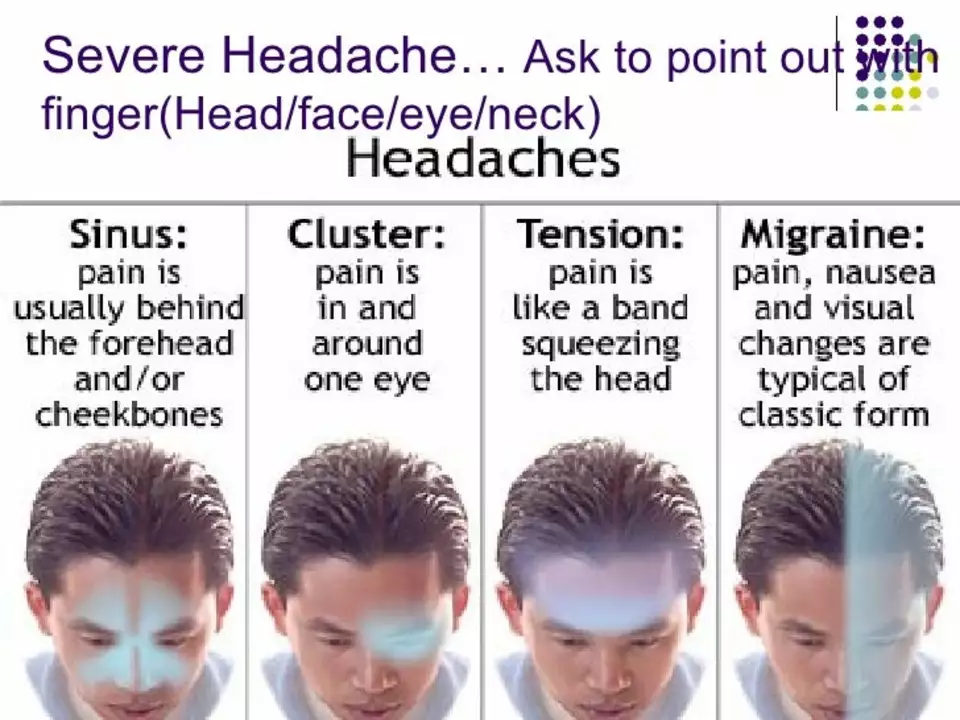Migraine Headaches: What They Are and How to Tackle Them
If you’ve ever felt a pounding throb behind your eyes that won’t quit, you’ve probably experienced a migraine. Unlike a regular headache, migraines come with extra symptoms like nausea, light sensitivity, or visual flickers. Knowing the basics helps you stop the pain before it takes over.
What Triggers Migraine Attacks?
Everyone’s trigger list looks different, but there are some common culprits. Skipping meals or eating too much sugar can set off a migraine in an hour or two. Stress is another big one – the rush of work deadlines or even a heated argument can send your brain into overdrive.
Environmental factors matter, too. Bright lights, loud noises, and strong smells (think perfume or cleaning products) often spark attacks. Weather changes, especially drops in barometric pressure, are notorious for bringing migraines on suddenly.
If you notice a pattern, write it down. A simple notebook or phone note can reveal hidden triggers that you can avoid or manage better.
Fast‑Acting Ways to Find Relief
The first thing to do when pain starts is to create a calm zone. Dim the lights, lower the volume, and sit in a quiet room. If you’re sensitive to sound, earplugs work wonders.
Cold or warm compresses can ease the throbbing. Some people swear by an ice pack on the forehead; others prefer a heating pad on the neck. Try both and see which feels better for you.
Caffeine in small amounts may help, but too much can make migraines worse later. A cup of coffee or tea early in the attack is often enough to give a quick boost.
Over‑the‑counter meds like ibuprofen or naproxen work best when taken at the first sign of pain. Don’t wait until the headache peaks – the earlier you act, the easier it is to stop the migraine from growing.
Long‑Term Strategies and Treatment Options
If migraines keep showing up, talk to a doctor about preventive options. Prescription drugs such as triptans target migraine pathways directly and can stop an attack in its tracks.
Some doctors recommend beta‑blockers or anti‑seizure meds for prevention. These aren’t painkillers; they help stabilize the nerves that cause migraines over time.
Lifestyle tweaks also play a big role. Regular sleep, balanced meals, and steady exercise cut down on many triggers. Even 20 minutes of daily walking can lower stress hormones that fuel headaches.
Supplements like magnesium, riboflavin (vitamin B2), or coenzyme Q10 have shown benefits for some migraine sufferers. Talk to a pharmacist before adding them to your routine.
If you’re looking for non‑drug options, try biofeedback or guided meditation. Learning how to control breathing and muscle tension can reduce the intensity of future attacks.
Remember, migraines are personal – what works for a friend might not work for you. Keep track of treatments that help, and share that list with your doctor to fine‑tune the plan.
Bottom line: spot triggers early, create a quiet space at the first sign, use quick‑acting meds wisely, and build long‑term habits that keep migraines at bay. With the right mix of steps, you can take control of migraine headaches instead of letting them control you.

The Effectiveness of Carbamazepine in Treating Migraine Headaches
I recently came across a study on the effectiveness of Carbamazepine in treating migraine headaches. It turns out that this medication, commonly used for epilepsy, can also be quite helpful for those suffering from migraines. The study showed significant reduction in both the frequency and intensity of migraine attacks for patients taking Carbamazepine. This is great news for migraine sufferers, as finding a suitable treatment can be quite challenging. It's definitely worth discussing with your doctor if you're looking for a new option to manage your migraines.